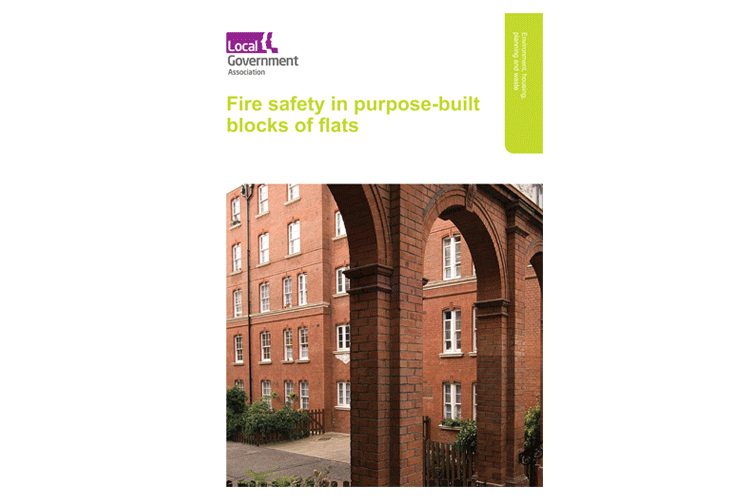Fire Triangle/Tetrahedron Information
What Is the Fire Tetrahedron? The Triangle of Combustion symbolised the concept of fire for a long time and represented heat, fuel, and oxygen. Further research into fire led to the conclusion that a fourth element was a necessary component of fire, which is a chemical chain reaction. The fire triangle was subsequently changed to Read more »












